The Ultimate Buyer's Guide for Purchasing An Anodizing Machine
Investing in an anodizing machine is a strategic decision that requires careful consideration of various factors to ensure that the chosen equipment meets your specific needs and contributes to the success of your anodizing processes. This comprehensive buyer's guide provides essential insights and considerations to guide you in making an informed decision when purchasing an anodizing machine.
1. Type of Anodizing Process: Determine the specific type of anodizing process you will be performing, such as sulfuric acid anodizing, hard anodizing, or chromic acid anodizing. Different machines are designed for specific processes, so selecting the right type ensures compatibility with your intended applications.
2. Size and Capacity: Assess the size and capacity of the anodizing machine to ensure it can accommodate the volume and dimensions of the parts you plan to anodize. Consider both the overall dimensions of the machine and the size of its processing tanks to match your production requirements.
3. Material Compatibility: Verify that the common anodizing machine is compatible with the materials you intend to anodize. Different materials may require specific process parameters, and the machine should be capable of handling a variety of metals or alloys commonly used in your industry.
4. Automation and Controls: Evaluate the level of automation provided by the machine and the sophistication of its controls. Automation features can contribute to process consistency, efficiency, and reduced manual intervention. Look for machines with user-friendly interfaces and advanced control systems.
5. Tank Construction and Material Handling: Examine the construction of the processing tanks in the anodizing machine. Tanks should be corrosion-resistant and constructed from materials suitable for anodizing processes. Additionally, consider the design for efficient material handling within the tanks, ensuring uniform anodizing results.

6. Energy Efficiency: Assess the energy efficiency of the anodizing machine, considering factors such as heating elements, insulation, and overall energy consumption. Energy-efficient machines contribute to cost savings and align with sustainability goals.
7. Maintenance and Serviceability: Anodizing machines require regular maintenance to ensure optimal performance. Check for features that facilitate easy maintenance, such as accessible components, automated cleaning systems, and the availability of spare parts. Inquire about the manufacturer's support for maintenance and repairs.
Additional resources:What is a Drilling Rig and Why is it Used?
Powering Progress: Advantages and Applications of Slip Ring Induction Motors
Understanding the Chill: Exploring the Difference Between AC and Chiller Systems
Prolonging Pump Life: When and How to Replace Slurry Pump Parts
Pipe Rotators That Will Make Your Life Easier
Harnessing the Power of Cleanliness: The 55W UV Sterilizer
Unleashing the Underground: A Comprehensive Guide to DTH Hammers
8. Environmental Considerations: Consider the environmental impact of the anodizing machine. Some machines are designed with features to minimize chemical waste, reduce water consumption, and adhere to environmental regulations. Ensure compliance with environmental standards relevant to your industry.
9. Cost and Return on Investment (ROI): Evaluate the overall cost of the anodizing machine, taking into account both the initial purchase price and long-term operating costs. Assess the potential return on investment based on increased productivity, improved quality, and cost savings in the anodizing process.
10. Manufacturer Reputation: Research the reputation of the manufacturer or supplier of the anodizing machine. A reputable manufacturer is more likely to provide reliable equipment, excellent customer support, and adherence to industry standards.
11. Safety Features: Safety is paramount in anodizing operations. Ensure that the anodizing machine is equipped with safety features such as emergency shut-off mechanisms, ventilation systems, and compliance with safety standards to protect operators and minimize risks.
12. Training and Support: Inquire about the training provided by the manufacturer for operating and maintaining the anodizing machine. Additionally, assess the level of customer support and technical assistance available to address any issues or questions that may arise during machine operation.
Conclusion: Informed Investment for Anodizing Success:
In conclusion, the ultimate buyer's guide for purchasing an anodizing machine involves a thorough assessment of your specific process requirements, machine features, environmental considerations, cost factors, and the reputation of the manufacturer. By carefully considering these factors, you can make an informed investment that aligns with your business goals and ensures the success of your anodizing operations.
How Vertical Pressure Steam Sterilizers Keep Healthcare Safe
Why Your Warehouse Needs a Rotary Arm Pallet Wrapping Machine
What is the cheapest way to store liquid nitrogen?
Are Fiber Laser Cutting Machines the Future of Precision Manufacturing?
What are the Benefits of Electrical Actuators?
Revolutionary Watering Trucks for Efficient & Sustainable Landscape Maintenance
Which FT800 model offers the best value for purchase?
Related Articles

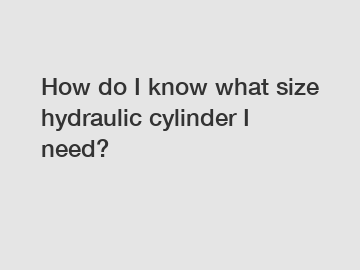
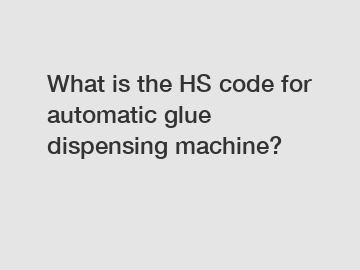
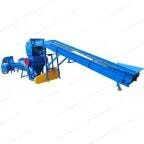
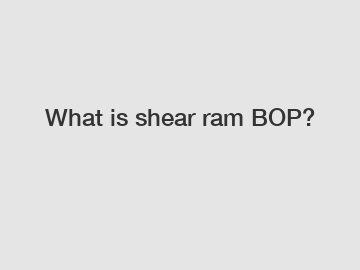
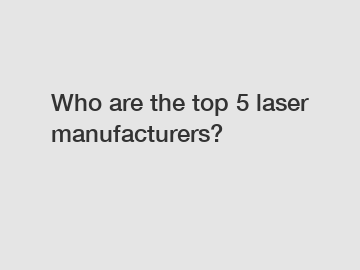
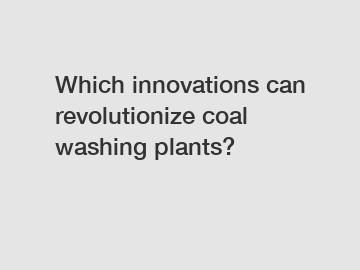
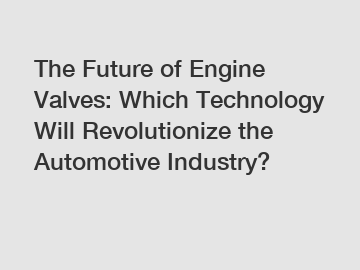
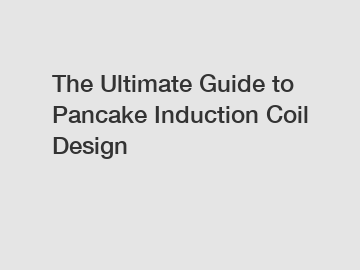
Comments
0